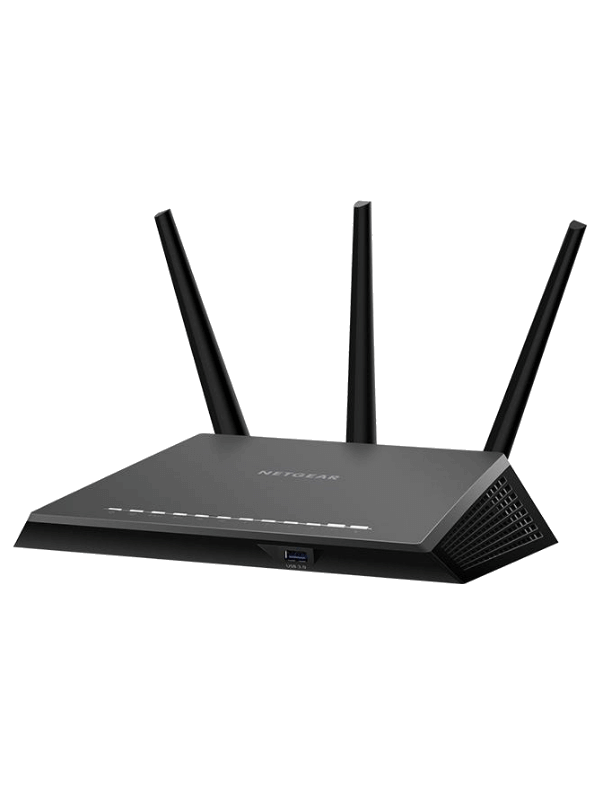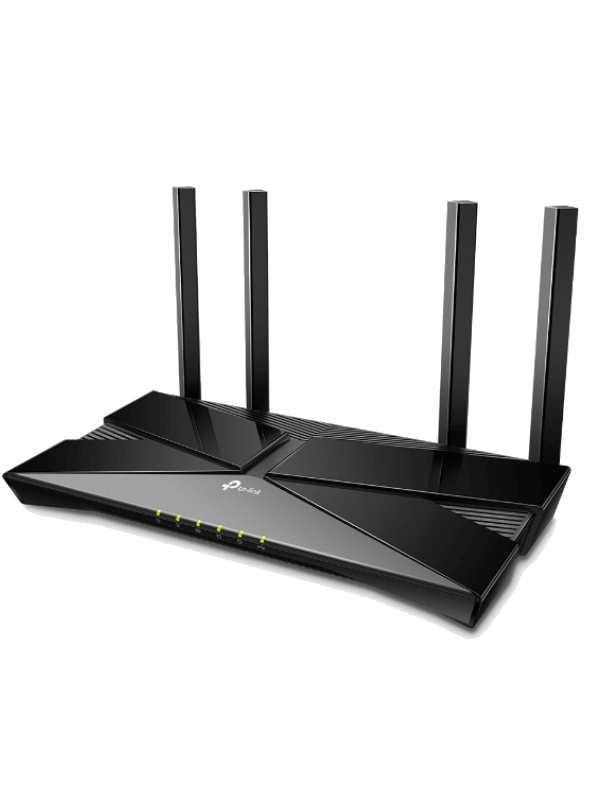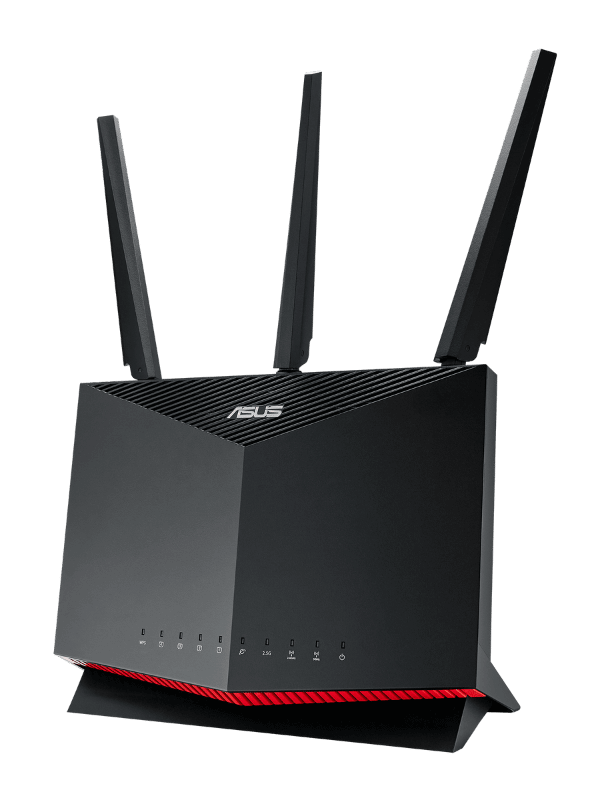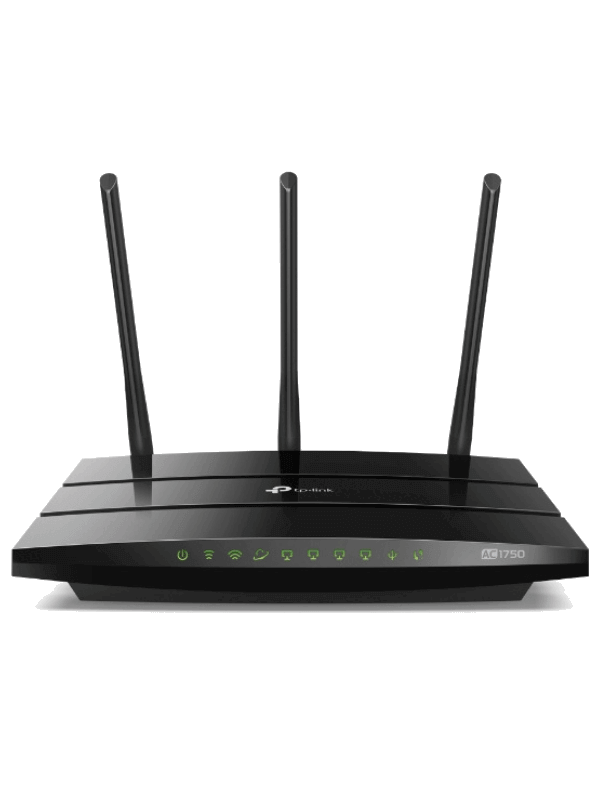Thanks for tuning into our review of the Netgear Nighthawk R7000 AC1900 router. We’re going to refer to it simply as the R7000 from here on out, just for ease of language.
We’ve been putting it through its paces to find out just how good it really is. That means spending plenty of time experimenting with its features and testing its performance capabilities in terms of speed and range.
And the results of our studies have now come to fruition in the form of this review. If you’ve been considering purchasing the Netgear R7000, you’re going to want to stay tuned!
It’s certainly a badass-looking router and has some awesome features to boot but other than that, we feel like it falls a little flat. Stay with us as we explain why.
Specifications
| Brand | Netgear |
| Model | R7000 |
| Max Tested Wi-Fi Speed | 254.63 Mbps |
| Approximate Range | 80-90ft |
| Wireless Standard | Wi-Fi 5 |
| Bands | 2.4 GHz, 5 GHz |
| WAN Port | x1 |
| LAN Port | x4 |
| USB Port | 1x USB 2.0, 1x USB 3.0 |
| QoS | Yes |
| Parental Controls | Yes |
| Guest Network | Yes |
| OFDMA | Yes |
| Dimensions | 11.2 × 7.3 × 2 in |
| Weight | 750 g |
| Warranty | One year warranty, 90 days of technical support |
For more info, check out the official page.
Netgear R7000 Overview
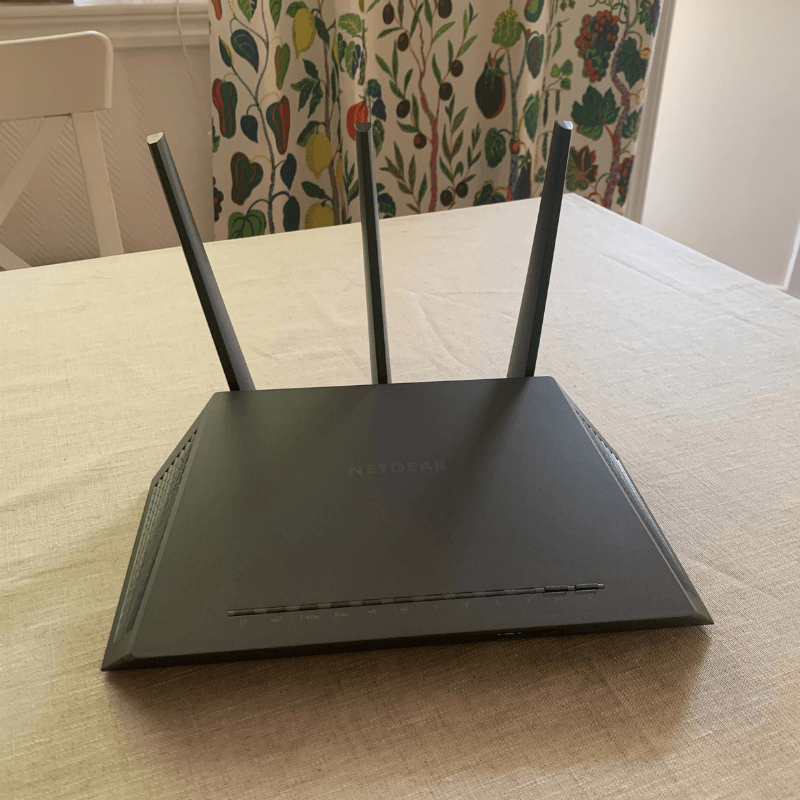
The Netgear R7000 doesn’t exactly offer the best value for money. It’s certainly one of the pricier routers without Wi-Fi 6.
And it’s not even like its Wi-Fi 5 capabilities are very good. We tested the download speed from just 5ft away using the 5 GHz band and it only managed 254.63 Mbps.
If you thought that the 2.4 GHz band might make up for it, you’d be wrong. It clocked just 54.59 Mbps from the same distance. That’s really not so great.
The range isn’t fantastic at 80-90ft but could be a lot worse. So, if you have a small to medium-sized home and an internet service plan of less than 200 Mbps, you might not want to rule this one out just yet.
One thing that did impress us about the R7000 is Netgear Armor security, some of the strongest router antivirus technology going. But then we realized it cost an extra $100…
But that high level of protection stops when it comes to the hardware itself. The warranty is just a year, the bare minimum. Plus, you only get 90 days of technical support so if you need any help on day 91, you’re screwed!
Before we get started on breaking down the review, it’s important to let you know that this is just a router, not a modem as well. So, if you’re using cable internet, make sure you pick up a modem as well (if you need one).
Performance: 3.0
We think it’s fair to say that the Netgear R7000’s performance is less than impressive. There are certainly slower routers out there but they cost a fraction of the price.
The fact of the matter is that this router should be competing with much more powerful routers at the price it’s at. Here are some stats to break that down.
Download speed
The R7000 has two bands just like most routers: 2.4 GHz and 5 GHz. The 5 will always be quicker but with a lower range and less ability to penetrate objects such as walls. The 2.4 GHz wins on range but is a lot slower for speeds.
Unfortunately, both of these bands are pretty poor on the R7000. The 5 GHz band managed a download speed of just 254.63 Mbps from 5ft away. That might sound like enough, and it will be for some plans.
But compared to other routers that cost around the same price, it falls short. Let’s take the TP-Link Archer AX50, for example. It’s at a similar price point, but it managed a download speed of 533.97 Mbps. That’s more than double the speed of the R7000.
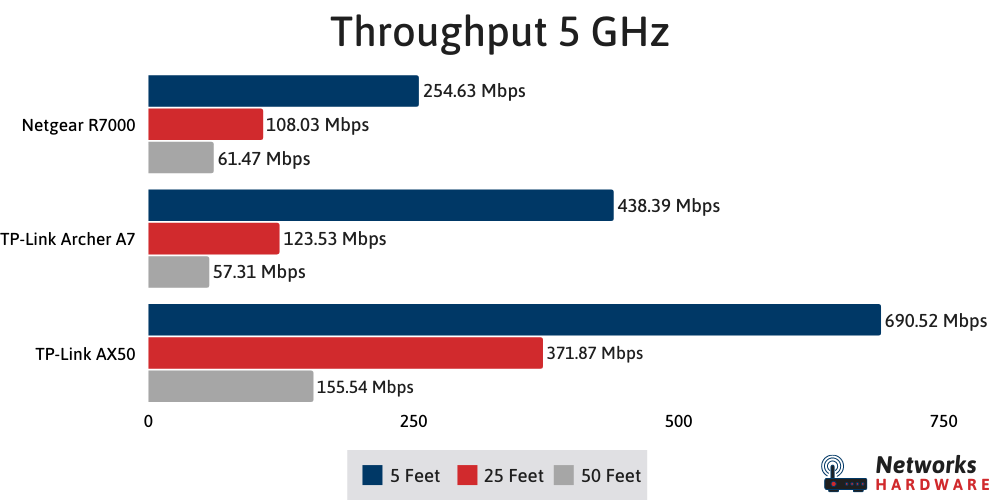
To contextualize how big that difference is, let’s take a quick look at what you can do with those speeds. 250 Mbps would allow you to stream 10 4K Netflix streams simultaneously and downloading a 100GB file would take 53 minutes, 20 seconds.
500 Mbps, on the other hand, could get you as many as 20 4K Netflix streams and would download 100GB in 26 minutes and 40 seconds. Think about what you could do with that extra half an hour saved!
The 2.4 GHz band ain’t much better. The R7000 managed 54.59 Mbps from 5 ft away compared to the 106.85 Mbps from the AX50. Again, that’s around double the speed. That’s an immense difference in performance and one that should really not be overlooked.
Range
According to our tests, the R7000 operates to a range of 80-90ft. So, for a small to medium sized home, it should be enough. But it also could be better.
The TP-Link Archer AX50 wins again this time around. We found that it managed to operate at 90-100ft. 10ft might not sound like much, but when you consider that it really could be the difference between covering your whole home or not, it starts to sound a bit more substantial.
You can always extend the range by picking up a Wi-Fi extender or two. But then again, you might as well just pick up a more powerful router in the first place when you’re already going to have to spend a lot to buy the R7000 in the first place.
Features: 4.0
The R7000 certainly does a little better in terms of features than it does for performance. But again, there are a few niggles that we have that we feel should be acknowledged. Here’s a look at what you’d get for the price of the R7000.
Nighthawk app
Most of the controls for this router can be changed through the app. So, personalizing your network name and password is one thing. Sorting out QoS is another. Plus, you can use the app to set the device up in the first place.
The app is okay. We’ve certainly seen better but we’ve seen worse. It’s easier to use, but it’s not exactly beautiful. And overall, we feel that the functionality of the app is pretty good. You can do a fair amount with it.
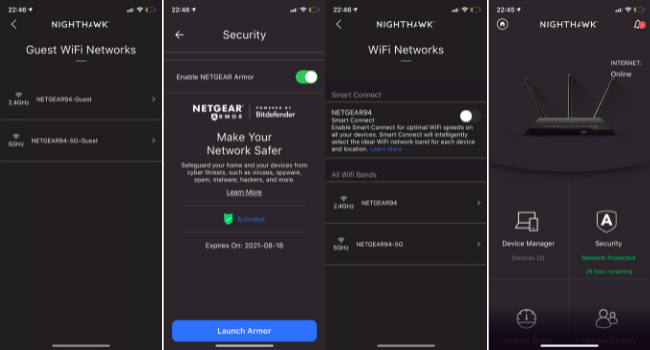
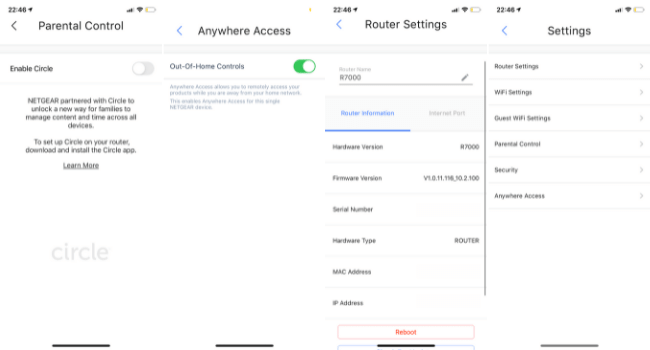
MU-MIMO, OFDMA and Beamforming+
These are the big three when it comes to Wi-Fi router technology. They might not make a lot of sense right now, so let’s break them down and find out how they can help you.
Firstly, there’s MU-MIMO and OFDMA. We like to pair them together as they have similar functions albeit they carry them out in different ways.
MU-MIMO helps to connect to multiple devices at the same time by using each of the beams together to seek out devices on the network. OFDMA does it by assigning subsets of subcarriers to devices on the network.
Both these technologies in unison increase the max devices on the network and the speed at which they connect to the network in the first place. Plus, they improve the overall internet speed on those devices. These are all essential things!
Then there’s beamforming, which is kind of a part of MU-MIMO as well. Netgear’s brand of beamforming is called Beamforming+. We’re not sure what the + is all about because it looks like regular beamforming to us, but that’s always a good thing to have on a router.
Beamforming effectively uses the power of each individual antenna to seek out individual devices on the network and direct Wi-Fi signals directly to them. This stops ‘wasted’ beams and improves overall performance.
Parental Controls
An essential feature of the R7000 is Parental Controls. Controlled through the app, this technology enables you to restrict internet usage to particular devices or the whole network.
Why would you want to do this? Because it protects vulnerable internet users and your network as a whole. Kids or perhaps elderly relatives are going to be a lot more likely to accidentally obtain malware which can compromise a device or whole network.
On top of this, you’re going to want to keep your kids’ eyes away from sensitive content. This is another thing you can do with Parental Controls. For extra peace of mind, make sure you set up Parental Controls with any router. And you can do it with the R7000.
Security
Netgear Armor is really good security technology. It does a really great job of protecting your router from viruses, and that’s super essential. If your router catches a virus, it could be passed on to all the other devices on the network. So Netgear Armor is quite important.
But then comes the downside. You gotta pay for it. And it ain’t cheap. It costs an extra $99 for life which is more than some other routers cost. When you consider that the R7000 is already quite expensive this does feel like a bit of a kick in the teeth.
If you decide to go for the R7000 anyway, we recommend buying this no matter the price. Protecting your home network is really important as if your router becomes compromised, each device on the network is at risk too.
Warranty
TP-Link’s warranty for most of their routers is for life. ASUS’ is two years. Why are we telling you this? Because these are the benchmarks of the router warranty business! And Netgear fall short of it with the R7000.
The warranty for this router is a mere one year. That’s the bare minimum allowed by US law. While it’s obviously better than no protection, it’s not great.
You do get 90 days of tech support from the day you buy the router. But if you have any issues from day 91 onwards, you’re going to be left in the dark unfortunately.
You can actually pay for an extended warranty to bring the total up to two years if you’re based in the US. That’s currently at a cost of $30 which is probably worth it, but it does make the router even more expensive.
What else is missing?
For the price of this router, we’d expect to see a more enhanced way to expand the range. For example, Linksys offers a technology called Max Stream with their EA7300 model. That allows you to move around the house from satellite to satellite seamlessly without having to change to a new network and dropping the connection.
ASUS goes one better with the RT-AX56U. This has a feature called AiMesh, which opens the door to Mesh integration. Mesh is a more sophisticated version of the Max Stream technology that allows for even better, easy Wi-Fi range expansion.
Of course, with these options you will need to pay more money for the extra bits of hardware. But if you have a large home or are setting up a network at work, it’s going to be good to know that the option is there.
Design: 4.5
The R7000 literally looks like a stealth bomber and that’s actually one of our favorite things about it. If you’re into the way your hardware looks, take a good look at this one.
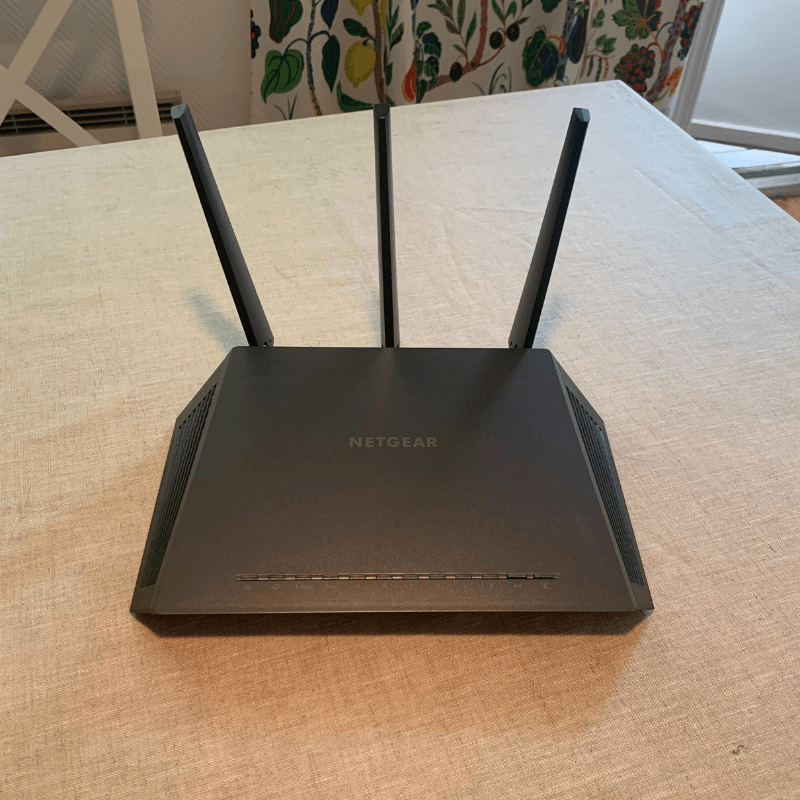
And that’s not the only thing we like about the design of this device. It’s of a reasonable size and light so it won’t take up too much space on your shelf. That’s always a good thing. But then again, there are certainly smaller routers available.
In terms of ports, the R7000 checks out. It has the standard 4 LAN ports so you can plug your devices directly into via Ethernet for a quicker wireless connection. That might be an important thing to do considering that the Wi-Fi from this router is rather poor.
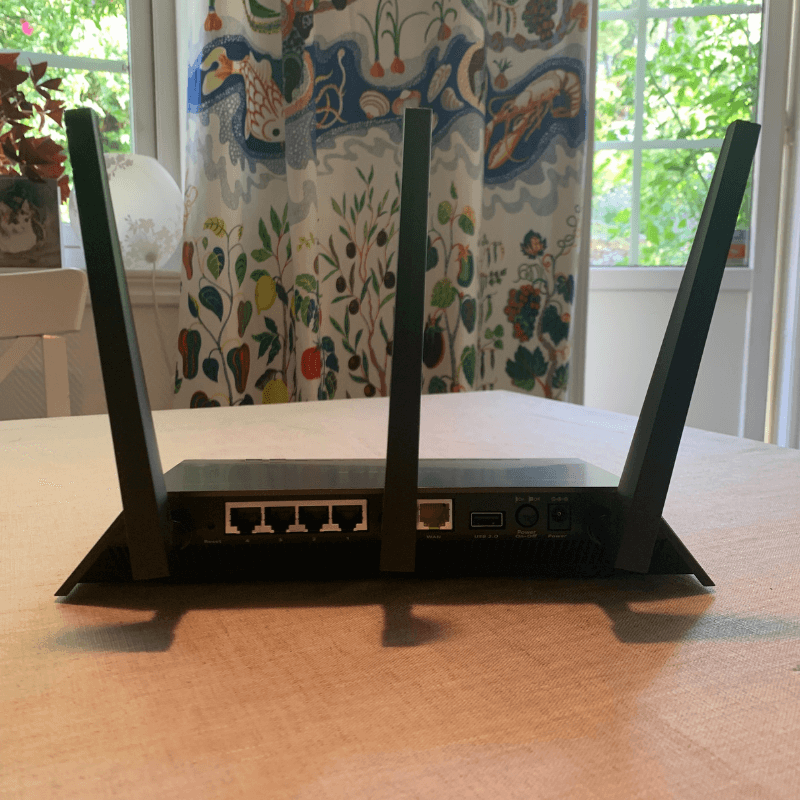
Naturally, there’s a WAN port which you’re going to need to plug this router into a modem. You’ll need to do that if you’re using cable Wi-Fi. For the R7000, it’s a regular Gigabit WAN port.
One cool thing about the R7000 is that it has two USB ports: one 2.0 and one 3.0. This means you can plug in external hardware such as a printer if you so wish. Plus, you can use your router as a charger for your smartphone and other USB-charged devices.
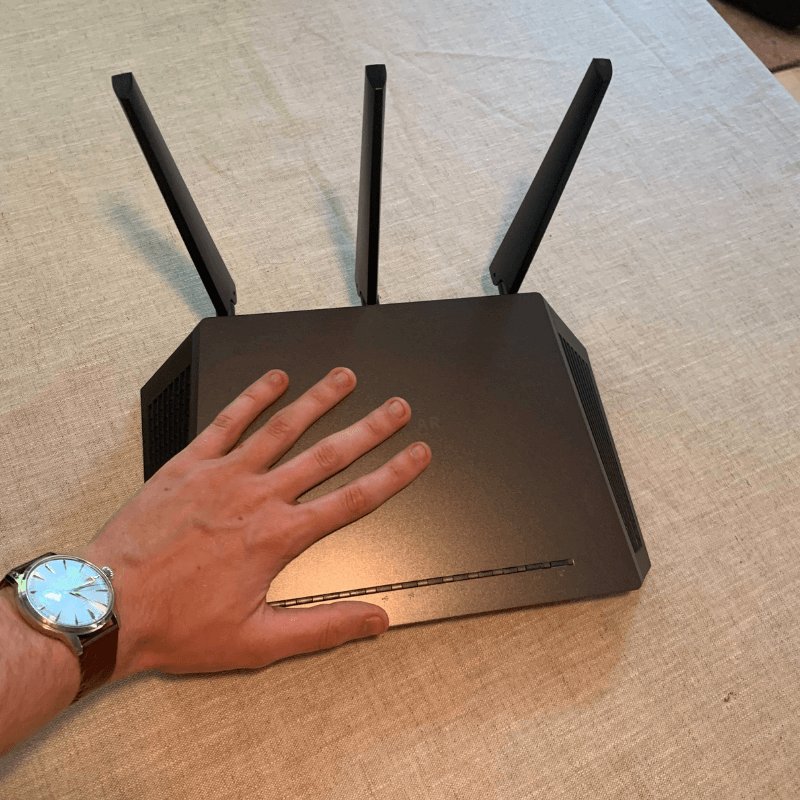
Setup: 4.3
Just like most routers these days, the R7000 is nice and easy to set up if you have a smartphone. When we tried it for ourselves, we found that the entire process took less than two minutes from the moment we plugged it in.
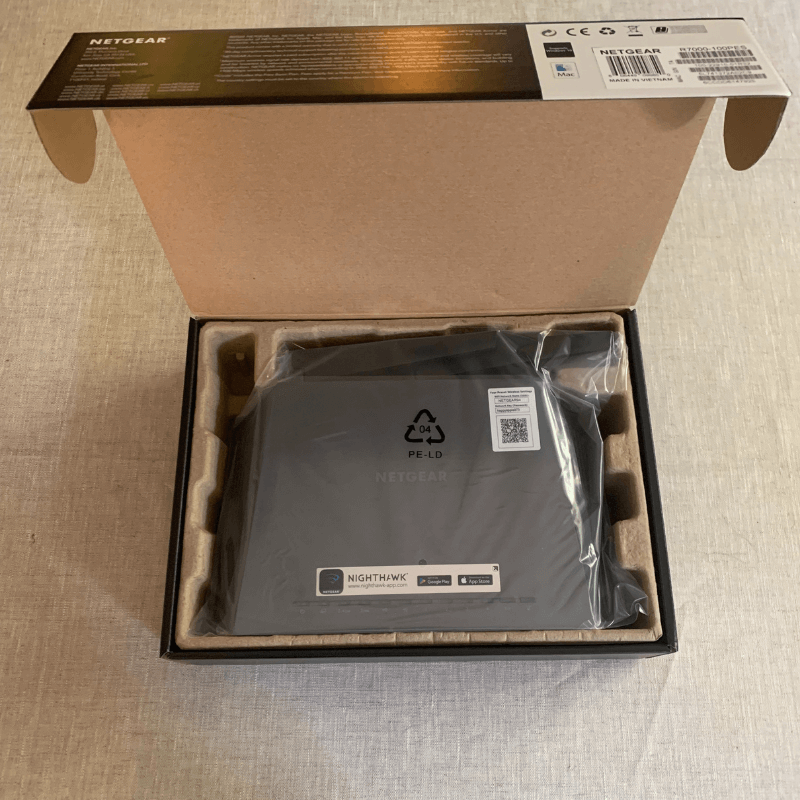
All you have to do is connect your smartphone to the router via Bluetooth, download the Netgear Nighthawk app (it’s available from the App Store and the Play Store), open it up and follow the instructions on the screen. Easy as that.
We can’t give the R7000 full marks for setup as the app you use to set it up is a little bit clunky and doesn’t look so great. But that’s one small niggle that should be easy enough to look over for most people.
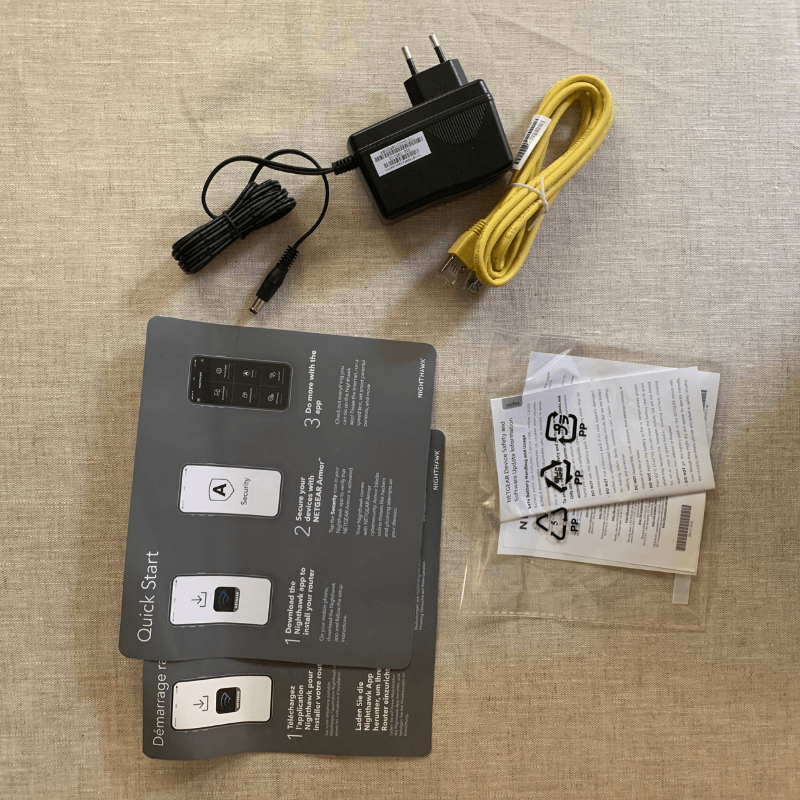
There is another option for those who don’t have a smartphone. You can set it up from your desktop computer instead. Just enter 192.168.1.1 into your browser and get stuck in. This might take a little longer, mind.
Value: 3.0
We’re not quite sure why the Netgear R7000 costs so much money when it doesn’t even support Wi-Fi 6. It isn’t particularly fast, it doesn’t have free antivirus technology and it only comes with a year of warranty.
While it does have some cool features that bring it out of the budget router category, it’s still less than impressive compared to some other options. Take the TP-Link Archer AX50, for example. That’s around the same price but it’s better in most ways, and by a long way.
We’ll go through some other options shortly that will help you to see why we think this router is poor value, so make sure you don’t miss those if you’re in the market for a new router.
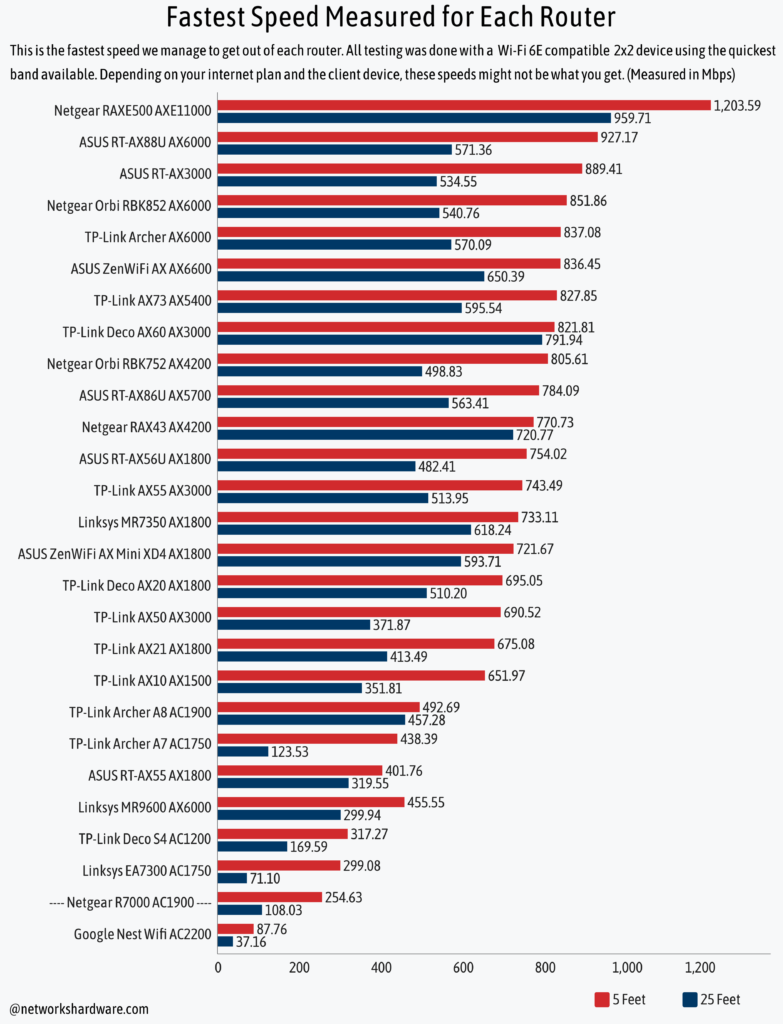
Views from Other Reviews
Interestingly, a lot of critics were actually rather impressed by this router. We dug deeper to find out why.
A lot of the opinions that suggest that the R7000 justifies its price are based on the fact that it has fast internal processing power, which is true. But that doesn’t really have much benefit to the user other than the fact that it can boot up fast. It certainly doesn’t seem to be doing much for its Wi-Fi speed. That being said, it’s quite quick when you plug in an Ethernet cable.
Something all critics have agreed on with this router is that it has a very dated interface on the app. The same can be said for the network config page you would access the router on a desktop computer with. This should really be updated soon as it looks like it was produced in 1997.
Another general consensus amongst reviewers online is that it is an expensive router. And that’s the bottom line for us. It just does not do enough to justify that price tag no matter how quick its internal workings are. It would need to be doing double the Wi-Fi speeds that we managed in our speed tests to come close to being worth it.
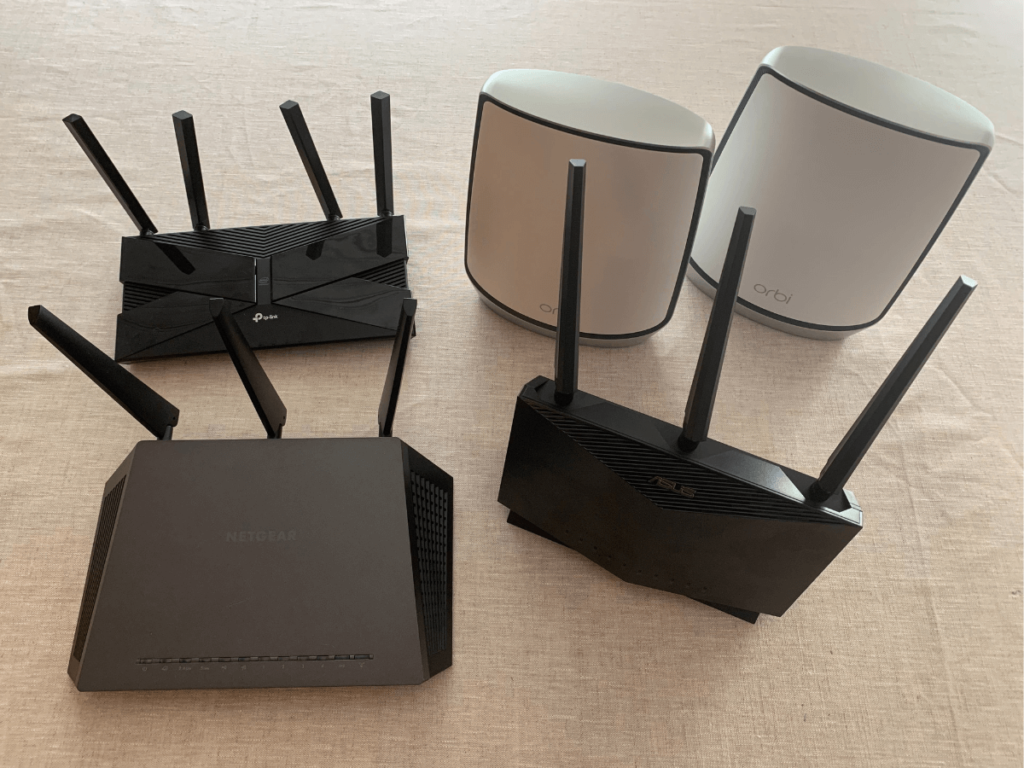
A Few Other Routers to Consider
If the R7000 doesn’t sound like the right router for you then we totally get that. Here are a couple more options you could take a look at instead.

